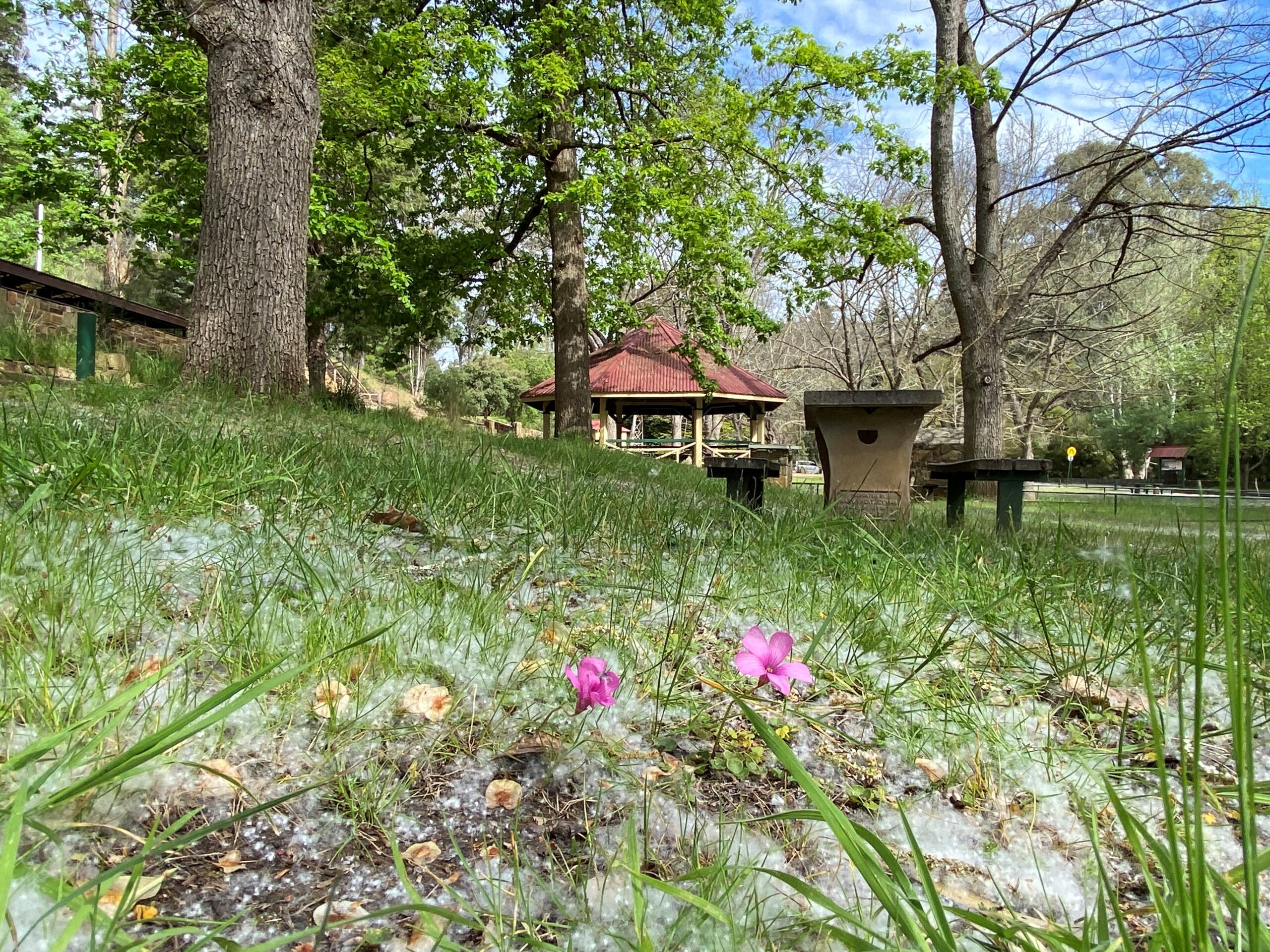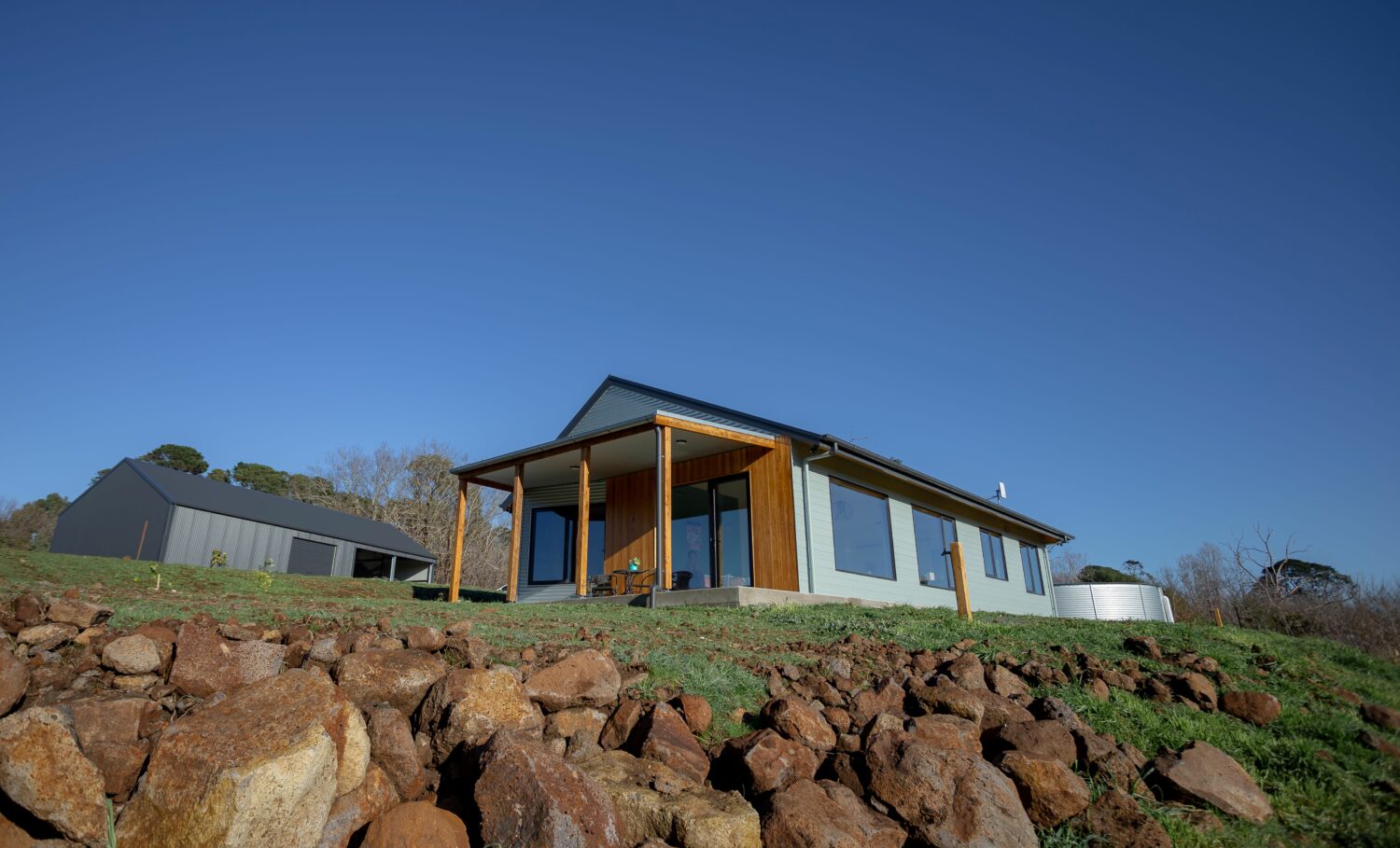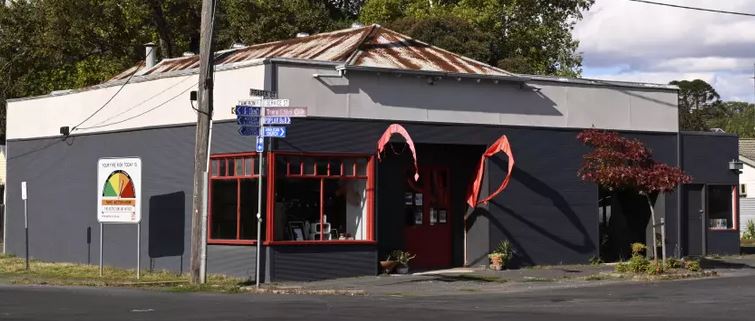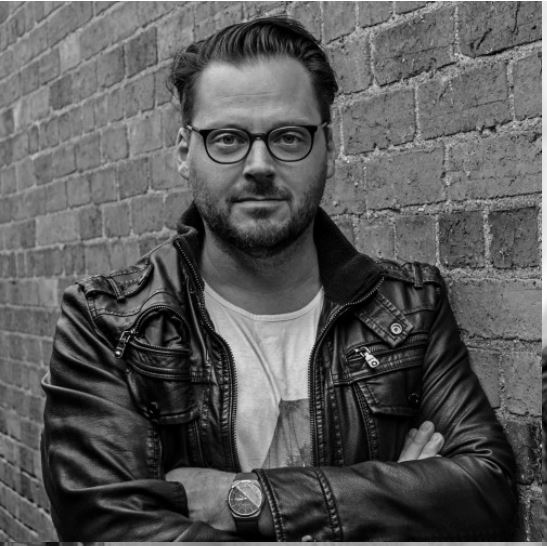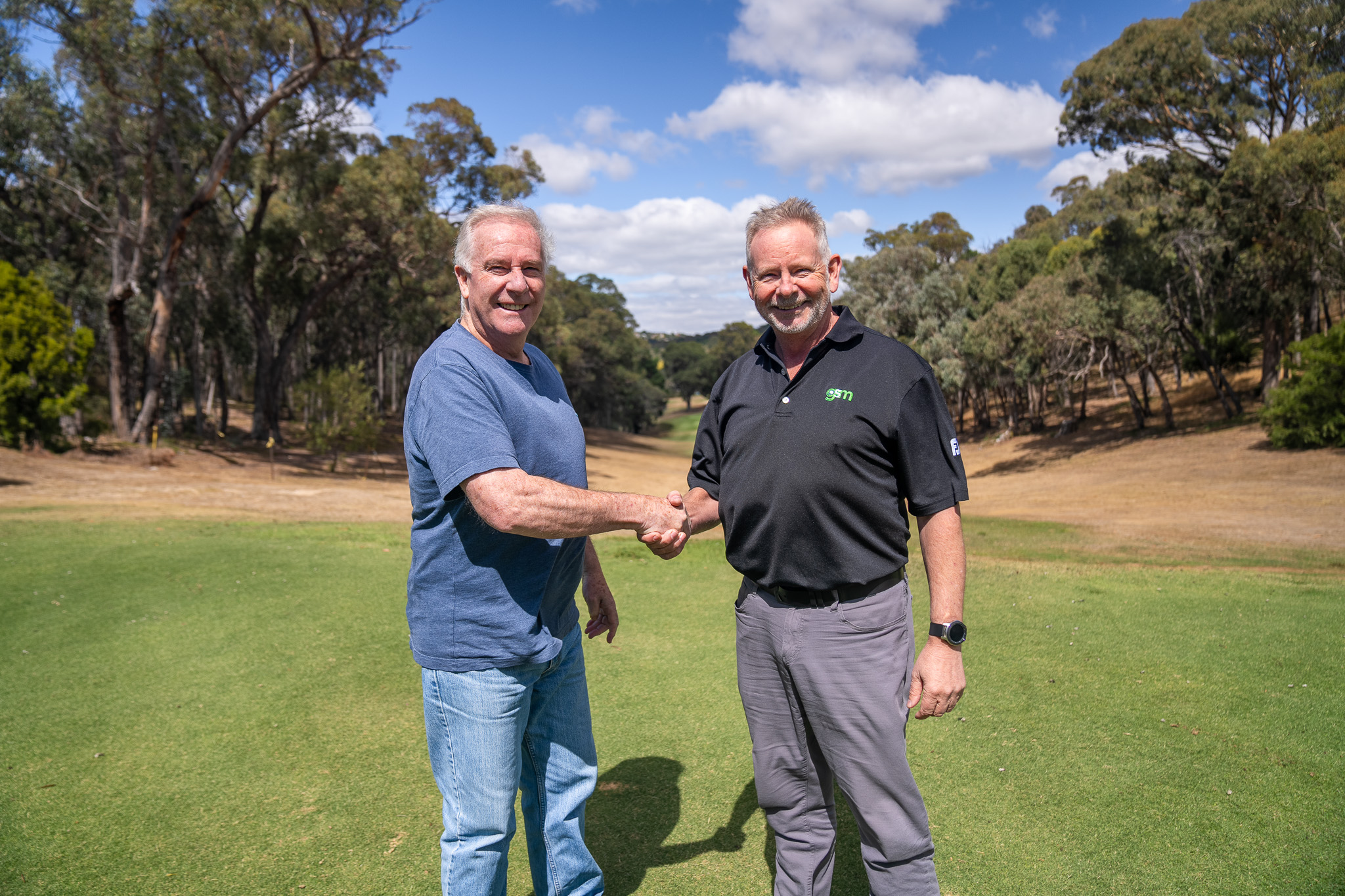October 28th, 2021The Last Word: The history of Vaughan Springs
VAUGHAN was once a bustling town known as The Junction and the name itself conjures up images from the wild west, gunslinging bushrangers and miners duking it out on the muddy streets.
A decade or so later it was renamed Vaughan and in the 20th century has missed the title of the Spa Centre of Australia, but what happened and how did the title go to Hepburn?
The Junction started as most in this area with gold in the “roaring 50s” the driver. This small editorial appeared in The Ballarat Star on May 31, 1898: “The signatures of 106 miners in the Vaughan and Guildford district have been attached to a petition for presentation to the Mining Board in favour of the application by Mr Conrad Frank (on behalf of a syndicate) to dredge the River Loddon at Vaughan. The Spring Gully, near Castlemaine, has had a partial cleaning up, an average of 1oz per ton being obtained. A further lot of stone has also been cleaned up, and the total yield is 93 oz from 82 tons. The whole line of towards Fryerstown, a distance of nearly two miles has been taken up.”
The Alexandra Mail on March 13, 1912 talked about the director of Geological Surveys Mr Dunn’s report to induce tourists to the area – he was commissioned by the Castlemaine Progress Association. Mr Dunn found multiple gas and water beds along the course of the Loddon River with varying gas strengths.
In the early 1920s tourism development had started with the idea of using the springs and forming a health resort. A local committee raised £600 to make a road in, plant trees, erect a rotunda and acquire a sportsground.
And according to newspaper reports in the Collie Mail and W.A. Coalfields Miner on September 9, 1927: “What was formerly a valley of prickly scrub is now the nucleus of a thriving centre where fishing and shooting are to be indulged in by sportsmen.” The article went on to say: “Vaughan, from which the springs derive their name, is rich in historical associations. Though now practically in ruins, it was once a busy town of some 40,000 inhabitants. Strange to say, a large number were Chinese, and the cemetery of the Celestials is still to be seen there, like a road cut along the side of the hill by them. Stark and gaunt, the ruins stand out in bold relief on each side of the roadway, eloquent and silent tributes to the days of the ‘roaring fifties’. Here are to be seen the remains of the church, post office, Bank of Victoria and gaol.”
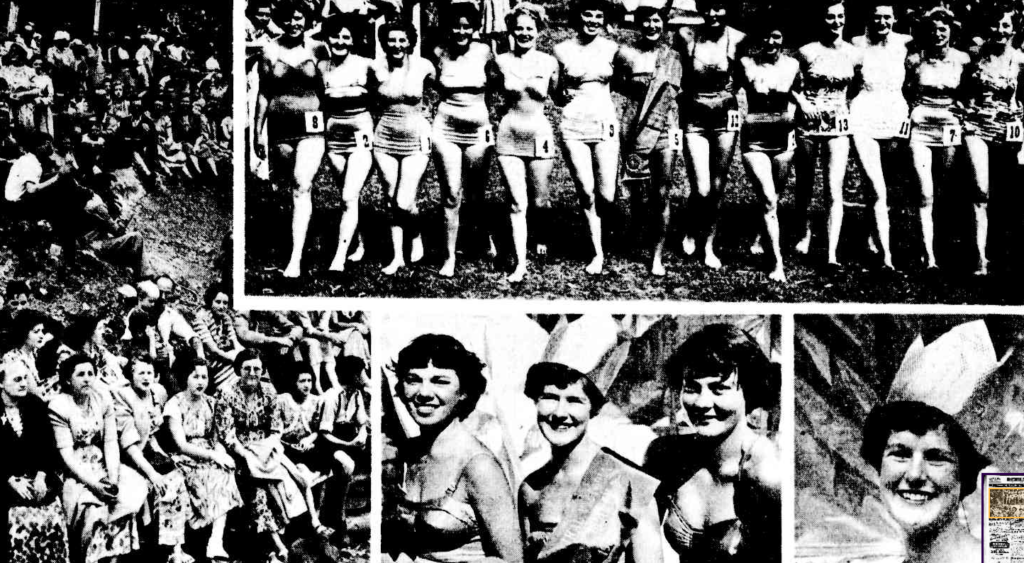
As late as January 29, 1952 the small hamlet hosted a beauty pageant with the search on for Miss Central Victoria.
The Argus reported: “A goldmine of beauty at Vaughan Springs” when “the crowd of more than 2000 shouted its approval when 17-year-old Ida Kruger, of Hargreaves (sic) Street, Castlemaine, was announced the winner”.
Sadly, the health resort and tourism development never eventuated and nowadays Vaughan is described by Wikipedia as a small village in the Shire of Mount Alexander, south of Castlemaine and east of Guildford, situated at the confluence of Fryers Creek and the Loddon River which has the Lawson Spring, a drinkable mineral water spring.
The population of Vaughan at the 2016 Census was 64.
Words: Kyle Barnes | Images: Trove (top) & Kyle Barnes
(Many thanks to Trove for its help with this article. www.trove.nla.gov.au


